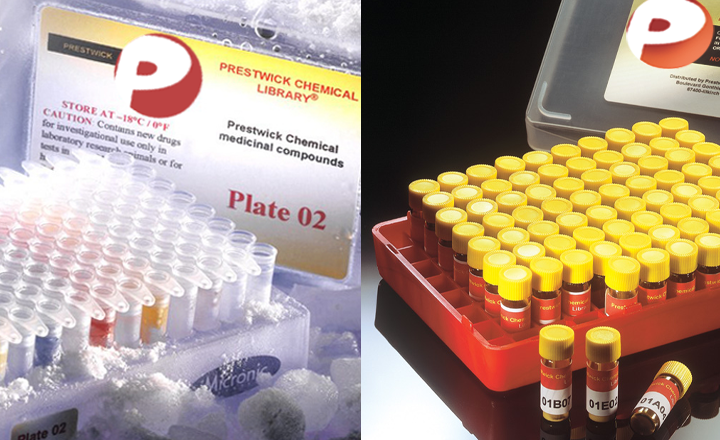Leveraging Genetic Diversity to Identify Small Molecules That Reverse Mouse Skeletal Muscle Insulin Resistance
Masson, S. W. C.; Madsen, S.; Cooke, K. C.; Potter, M.; Vegas, A. D.; Carroll, L.; Thillainadesan, S.; Cutler, H. B.; Walder, K. R.; Cooney, G. J.; Morahan, G.; Stöckli, J.; James, D. E.
Elife RP86961 (2023)
Systems genetics has begun to tackle the complexity of insulin resistance by capitalising on computational advances to study high-diversity populations
‘Diversity Outbred in Australia (DOz)’ is a population of genetically unique mice with profound metabolic heterogeneity. We leveraged this variance to explore skeletal muscle’s contribution to whole-body insulin action through metabolic phenotyping and skeletal muscle proteomics of 215 DOz mice. Linear modelling identified 553 proteins that associated with whole-body insulin sensitivity (Matsuda Index) including regulators of endocytosis and muscle proteostasis. To enrich for causality, we refined this network by focusing on negatively associated, genetically regulated proteins, resulting in a 76-protein fingerprint of insulin resistance. We sought to perturb this network and restore insulin action with small molecules by integrating the Broad Institute Connectivity Map platform and in vitro assays of insulin action using the Prestwick chemical library. These complementary approaches identified the antibiotic thiostrepton as an insulin resistance reversal agent. Subsequent validation in ex vivo insulin-resistant mouse muscle and palmitate-induced insulin-resistant myotubes demonstrated potent insulin action restoration, potentially via upregulation of glycolysis. This work demonstrates the value of a drug-centric framework to validate systems-level analysis by identifying potential therapeutics for insulin resistance.


